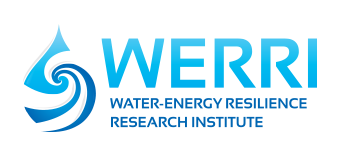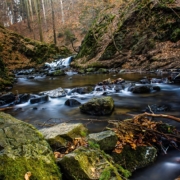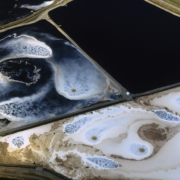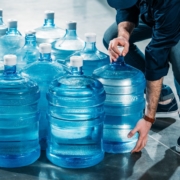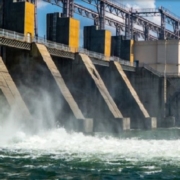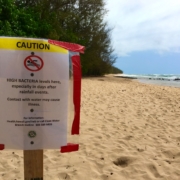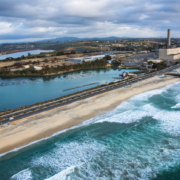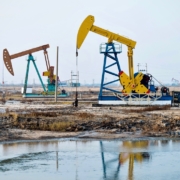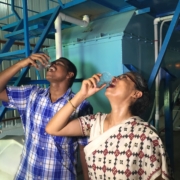August 26, 2019
Drilling a single oil or natural gas well with hydraulic fracturing requires between 1.5 to 16 million gallons of water. When the well starts flowing, the fluid that is brought back to the surface alongside the oil and gas is a combination of the injection fluid and brine from aquifers – a difficult-to-treat mixture known as produced water. Brimming with hydrocarbons, harsh salts, and industrial chemicals, the vast majority of produced water is injected into disposal wells after it is collected. Currently, less than 1% of the billions of gallons generated each year is reused.
How can this “wastewater” be turned into usable water? One answer: Let microbes do the work. <read more>
